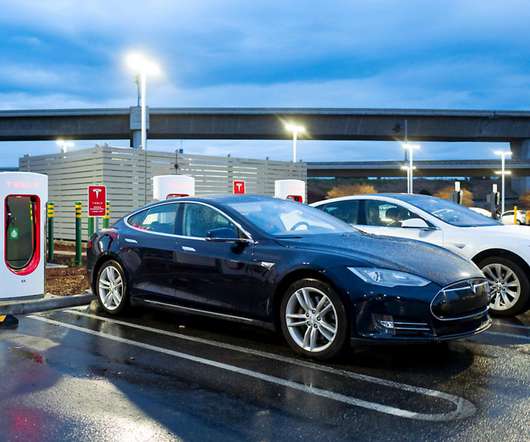U. Mich spinout Spider9 offering dynamic control systems for grid-scale batteries and solar arrays
Green Car Congress
MARCH 20, 2012
The control systems boost the cost efficiency of grid-scale batteries and solar fields by constantly monitoring individual cells within a battery or solar installation, and making real-time adjustments in electrical architecture to optimize system performance. Spider9’s core technology was developed at the University of Michigan.

























Let's personalize your content